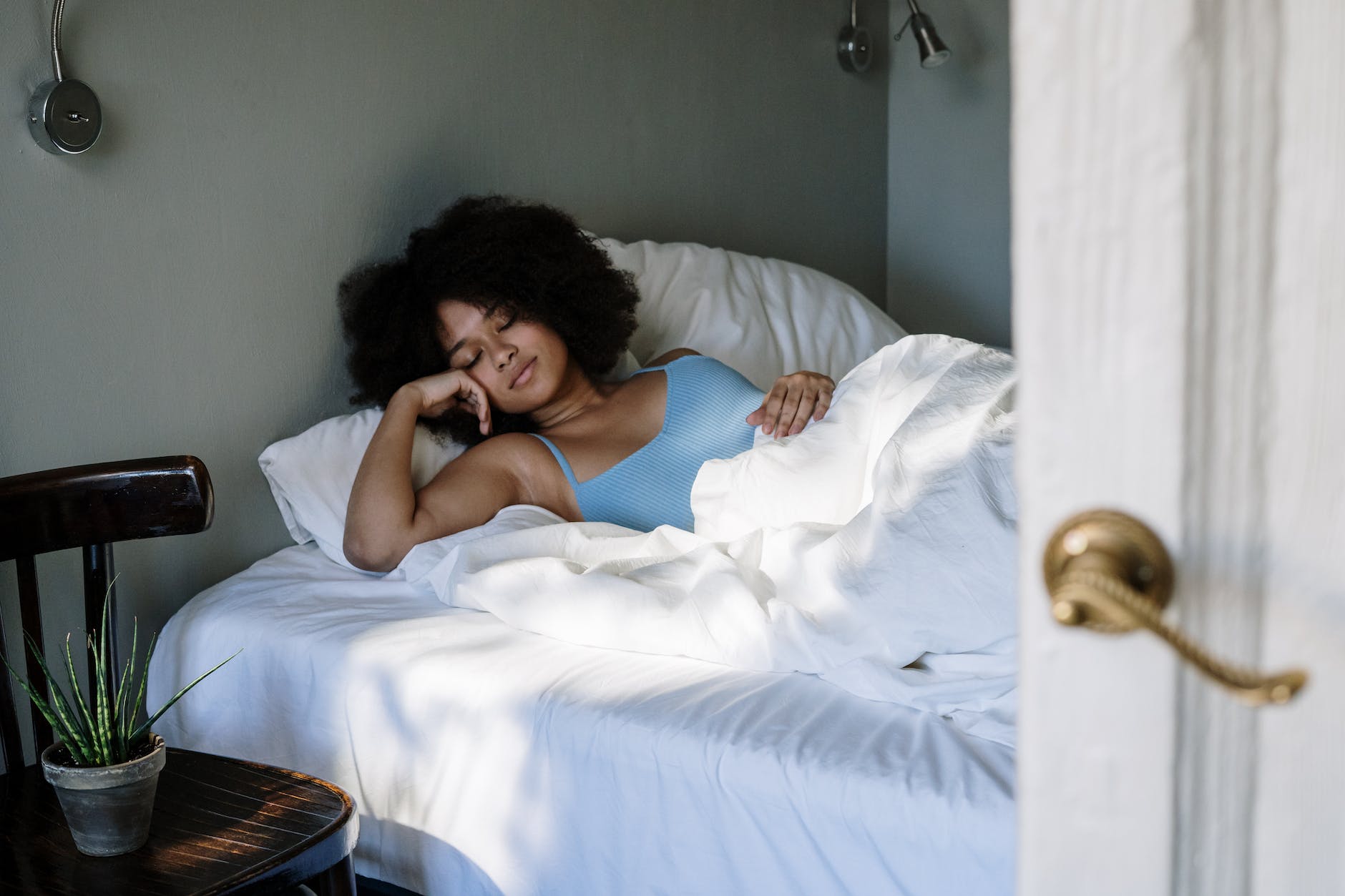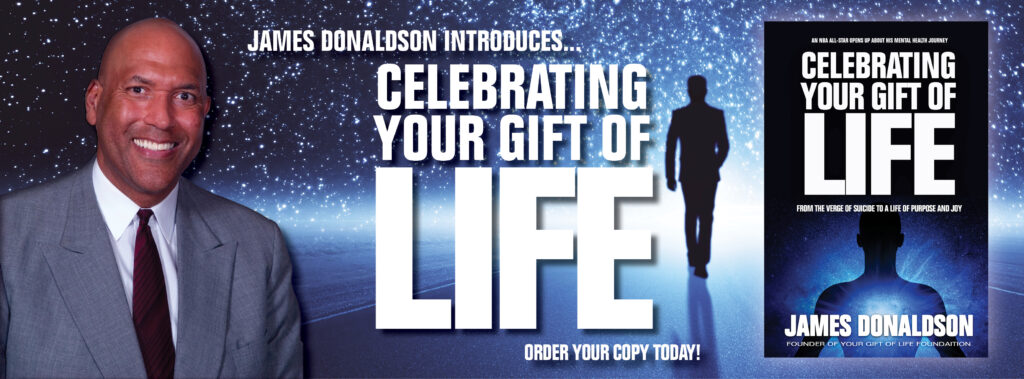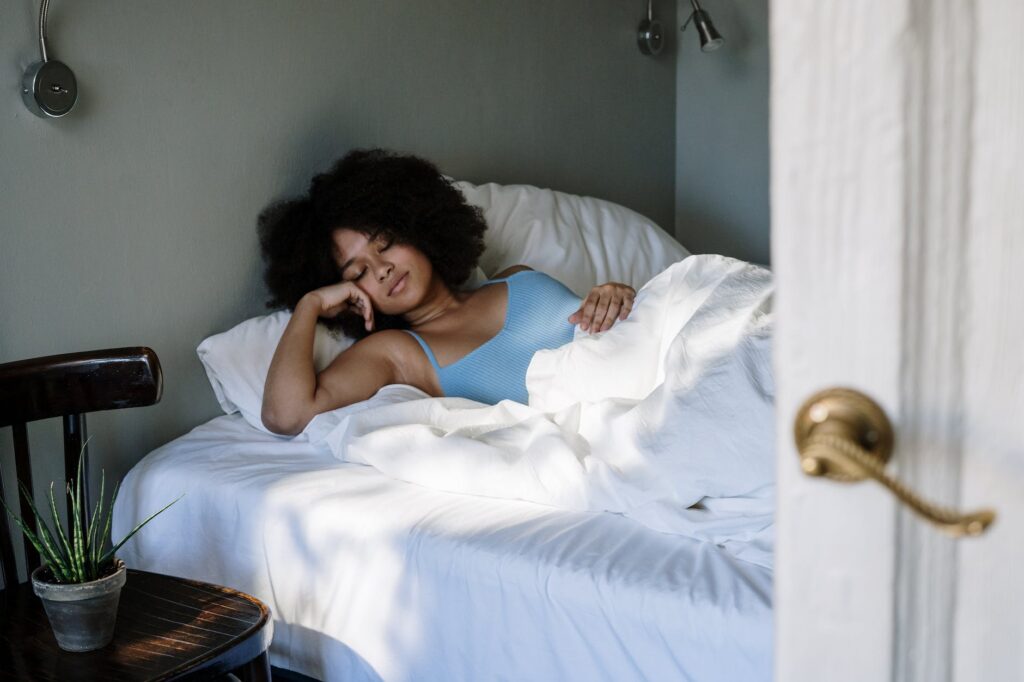
Emergency department records reveal that #youth experiencing disrupted #sleep are at greater risk for #suicidalthoughts and #behaviors
Emergency department records reveal that #youth experiencing disrupted #sleep are at greater risk for #suicidalthoughts and #behaviors.
#Youth who experience disrupted or disordered #sleep were found to be at increased risk for #suicidalthoughts and #behaviors, in a recent analysis of emergency department (ED) records.1
“Being aware of the impact of sleep disruption gives us an avenue to try to address sleep issues as well as downstream consequences,” explained study co-author, Melynda Casement, PhD, Department of Psychology, University of Oregon, in an announcement of the study publication.
“#Suicide is still stigmatized in many communities; sleep is less so,” she observed. "Identifying and treating #sleepdisorders could improve #mentalhealth and reduce #suiciderisk even if are not comfortable opening up about their #mentalhealthchallenges.”
Casement and study co-author Jason Carbone, PhD, School of Social Work, Wayne State University, found previous studies which demonstrate that sleep disruptions predict #suicidalthoughts and #behaviors (STBs) in both youth and #adults, but none that have linked risk for STBs to sleep disorders in nationally representative samples of #youth.
Casement and Carbone suggest that #adolescents are particularly susceptible to sleep-related STBs, with sleep deficits underlying impairments in cognition, affect, physiology, and social functioning. They attribute vulnerability in part to age-related circadian delays that conflict with sociocultural structures such as early #school days, and to the prevalence in this age group of difficulty initiating and maintaining sleep, and of sleep disorders such as #insomnia and delayed sleep phase disorder.
Although sleep problems and disorders also predict psychiatric conditions such as #depression that can manifest STBs, the investigators indicate that associations between sleep problems and STBs are not fully attributable to psychiatric illness or other health conditions.
#James Donaldson notes:
Welcome to the “next chapter” of my life… being a voice and an advocate for #mentalhealthawarenessandsuicideprevention, especially pertaining to our younger generation of students and student-athletes.
Getting men to speak up and reach out for help and assistance is one of my passions. Us men need to not suffer in silence or drown our sorrows in alcohol, hang out at bars and strip joints, or get involved with drug use.
Having gone through a recent bout of #depression and #suicidalthoughts myself, I realize now, that I can make a huge difference in the lives of so many by sharing my story, and by sharing various resources I come across as I work in this space. #http://bit.ly/JamesMentalHealthArticle
Find out more about the work I do on my 501c3 non-profit foundation
website www.yourgiftoflife.org Order your copy of James Donaldson's latest book,
#CelebratingYourGiftofLife: From The Verge of Suicide to a Life of Purpose and Joy

www.celebratingyourgiftoflife.com
Casement elaborated on the interrelation in discussing the study with Psychiatric Times. “From the larger body of research, we know that sleep disorders and psychiatric disorders have bidirectional relations with one another—having a sleep disorder makes psychiatric disorders more likely, and having a psychiatric illness makes sleep disorders more likely. We also know that treatment for sleep disorders improves psychiatric health, and treatment for psychiatric disorders can improve sleep,” she said.
“Future research will need to establish whether treatment for sleep disorders, including in #youth with #psychiatricdisorders, can reduce STBs,” Casement remarked.
In designing their study, Casement and Carbone recognized that the relatively few individuals with STBs relative to sample sizes can frustrate investigations into the risk and protective factors for #suicide. Their approach to measuring correlation, albeit not causal link, between disordered sleep and STBs was to access nationwide health records of ED visits, which include reports of STBs and health risk factors, as well as diagnoses for sleep disorders.
Discussing #SuicideRisk with #SleepDisorder
The investigators identified presentations of suicidal ideation (SI) or of #suicideattempts (SA) among 65 million ED visits of individuals aged 6 to 24 years of age from the third quarter of 2015 through 2017 from those diagnostic codes in the Health Care Cost Utilization Project's Nationwide Emergency Department Sample (NEDS). They chose the start date to coincide with EDs in the US changing codes from International Classification of Diseases 9th to 10th revision.
Complaints of sleep disorders were found in the coding for #insomnia, hypersomnia, circadian rhythm #sleepdisorders, #sleepapnea, narcolepsy, other sleep disorder or sleep disorder-unspecified. #Mentalhealth diagnoses for psychotic, affective, or substance use disorder were also compiled, as were multiple sociodemographic features.
Casement and Carbone report that a sleep disorder was documented in only 0.32% of ED visits. That is in contrast, they note, with survey data showing a 9% prevalence of #insomnia among #adolescents in the US, and a 6% prevalence of probable sleep apnea.
“Sleep disorders are massively underdiagnosed in #youth presenting to EDs relative to estimates of disorder prevalence in national surveys,” the investigators remarked.
Although #sleepdisorders were detected in relatively few ED visits, they occurred in 2.91% (95% CI: 2.189-3.88) of ED visits with SI, and in 1.73% (1.30-2.28) of those with SA. #Mooddisorders were present in 3.84% of ED visits, and in the majority of those with SI (60.12%; 58.41-61.82) and SA (54.65%; 52.64-56.65). #Substanceusedisorders were present in 9.57% (9.10-10.05) of ED visits, and in 26.90% (25.69-28.15) of those with SI and 25.19% (23.18-26.62) with SA. #Psychoticdisorders were present in 0.56% of ED visits, and in 5.95% (5.57-6.41) with SI and 3.96% (3.53-4.65) of those with SA.
The investigators calculated that #youth with any #sleepdisorder had more than 3 times the odds of having SI compared to individuals without a sleep disorder diagnosis (adjusted odds ratio =3.22; 2.61-3.98), and 66% greater odds (aOR=1.66; 1.43-1.94) when adjusting for comorbid affective, #substanceuse, and psychotic disorders. The odds of SI were 46% higher in youth with sleep and mood disorder diagnoses, and 47% higher with sleep and psychotic disorder, compared with those without a sleep disorder.
“These results suggest that detection of SI in #youth presenting to EDs could improve with detection of #insomnia and hypersomnia diagnoses, independently or in addition to detection of #mooddisorders and psychotic disorders,” the investigators indicated.
#Youth with any sleep disorder were at 48% higher risk for SA (aOR=1.48, 1.22-1.80) when psychiatric diagnoses were not accounted for, indicating to the investigators that detecting sleep disorders has value in predicting SA in the absence of information about psychiatric diagnoses.
“Based on these results, we can say that sleep disorder diagnoses predict thoughts of death or a desire to die even when #psychiatric illness is accounted for, but sleep disorder diagnosis did not enhance prediction of #behaviors to kill oneself,” Casement commented.
The apparent low rate of detecting disordered sleep in #patients presenting to the ED reflects a larger deficit in health care, according to Casement. She considers it a missed opportunity to address a key risk factor for STBs and accidental injury, the 2 leading causes of death and disability in #youth.
“Health care training programs and accrediting bodies could improve the likelihood of accurate diagnosis for sleep disorders by requiring education on the high prevalence of sleep disorders, the impact of #sleepdisorders on #mental and physical health, and diagnosis and treatment of #sleepdisorders,” Casement suggested.
Dr Bender reports on medical innovations and advances in practice and edits presentations for news and professional education publications. He previously taught and mentored pharmacy and medical #students, and provided and managed pharmacy care and drug information services.
 Photo by cottonbro studio on Pexels.com
Photo by cottonbro studio on Pexels.com https://standingabovethecrowd.com/2023/08/jamesdonaldson-on-mentalhealth-disordered-sleep-linked-to-increased-risk-of-suicide-in-youth/


No comments:
Post a Comment